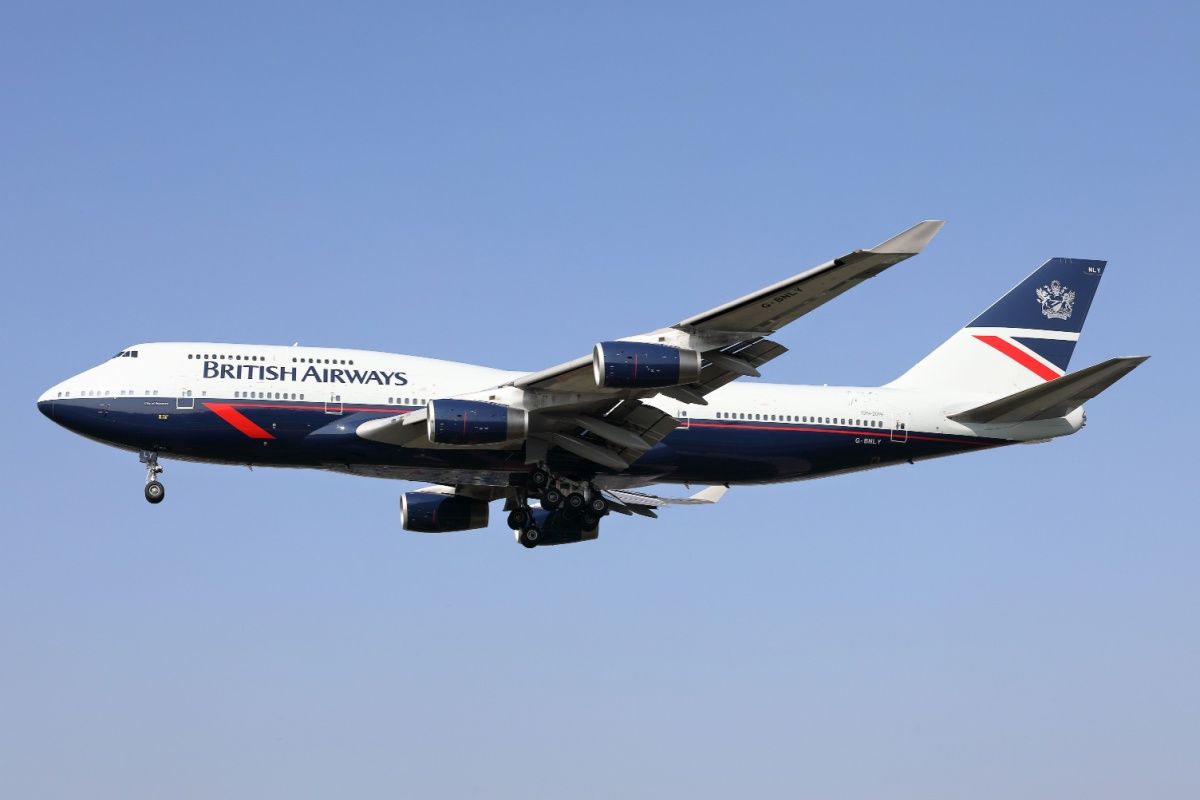Summary Developing the Boeing 747 went massively over budget at nearly $1 billion and jeopardized Boeing. Boeing borrowed heavily to fund the project, totaling almost $2 billion, causing delays and debts. Compared to other aircraft projects, the Boeing 747's $1 billion cost in the 1960s was significant.
The Boeing 747 cost around a billion dollars to build in the 1960s. That was a massive sum back then and represented a major investment for the company. Airliners require an extensive amount of precision to develop and fly, and more often than not, the development of new projects frequently goes massively over budget .

The development of the Boeing 747 was no different, and it was one of the mega projects of its time. A new airliner development project gone wrong can mean the end of the company. Delays, cost overruns, and debt In the early 1960s, engineers from Boeing and Pan Am began working on the preliminary design of the 747.
In 1965, the design was finalized, keeping both the passenger and freight capabilities in mind. At the time, Boeing estimated the development cost of the 747 program to be around $700 million. The estimate included the development of a brand-new factory that could accommodate the double-decker airplane.
Boeing 747 Jumbo Jet Introduction: 1970 Produced: 1968-2023 Number produced (all variants): 1,574 (including prototypes) Boeing 747-8s produced: 155 Primary users today: cargo airlines Boeing faced numerous delays during the testing phase for various reasons, including wing fluttering and engine nacelle issues. The program's cost increased as manufacturers and suppliers worked together to resolve design issues. Boeing had to borrow heavily from the banks and other investment institutions.
Months of testing delays resulted in frustration from the stakeholders, including Pan Am, who was both a close partner and customer . Boeing had borrowed nearly $1.2 billion, making the amount one of the greatest in manufacturing history.
In the months leading up to certification and first delivery, Boeing repeatedly requested additional funding to keep the program going. The refusal of extra money at that point would have jeopardized the global success of the 747 program. Boeing managed to receive additional funding from various sources until the double-decker received certification in December 1969.
A month later, in January 1970, the first Boeing 747 entered service with Pam Am. Boeing's debt exceeded $2 billion, making the program go way over budget. What was planned to be developed for $700 million resulted in nearly three times as much debt to the firm.
Operating the queen of the skies comes with a royal price tag. Cost of developing the Boeing's 747 When Boeing's Queen of the Skies, the Boeing 747, first entered service in 1970, it was the largest commercial aircraft in the air. The cost of the Boeing 747 is estimated to have been around $1 billion.
One billion is worth around $7 billion today, but that is still not a good comparison. It's hard to adjust dollar amounts from over half a century ago to make meaningful sense today—even when adjusting for inflation. The Boeing 747 would go on to be produced between 1968 and 2023 in numerous variants (the last 747s to roll off the production lines was the 747-8F - the freighter version).
The later Boeing 747-8 version would take around $4 billion to develop. According to Corporate Jet Investor , the Boeing 747 remains one of the most expensive aircraft on the market. The cost of a new BBJ 747-8 in 2019 was $367 million, plus interior fittings that typically cost another $25-50 million.
While the Boeing 747 is out of production, it has a future as new specialized US Air Force aircraft. Two are being heavily modified to be the next Boeing VC-25 Presidential "Air Force One" jets, and another five have been purchased to be retrofitted to be the next (likely four) Boeing E-4 Nightwatch (aka Doomsday aircraft) . Boeing agreed to supply the Air Force One jets for a fixed price of $3.
9 billion. This turned out to be a massive mistake, and the cost of retrofitting these jets has now blown past that figure to $7 billion and counting . This has caused Boeing to lose billions on these two Jumbos.
The aircraft design process entails the estimation of weights, performance, structural loads, aerodynamics, controls, and propulsion. Other massive aircraft production projects One way to look at the cost of developing the Boeing 747 is to consider other major aircraft development products. During WWII, the B-29 Superfortress was the war's most expensive program.
Costing $3 billion, it was much more expensive than the next most expensive project, the Manhattan Project. Costs of selected aircraft projects: Introduction: Cost (not adjusted for inflation): Boeing B-29 Superfortress: 1945 $3 billion (includes production) Boeing B-747: 1970 $1 billion Boeing 787 Dreamliner: 2011 $22 billion Airbus A350: 2010 $10 billion Airbus A380: 2007 $26-30 billion Bombardier CSeries/Airbus A220 2016 over $5 billion Boeing's later 787 Dreamliner cost around $22 billion, while the Airbus A380 cost between $26 and $30 billion . These numbers are also significantly outdated because of inflation, but they provide a better indication of the true cost of developing the Jumbo jet in the 1960s.
Even the Bombardier CSeries, with its development costs blowing past $5 billion, provided too much for the Canadian company. This forced the Bombardier to sell its jet to Airbus, and today, the Bombardier CSeries flies in Airbus service as the A220. What are your thoughts on the development cost of the Boeing 747? Tell us in the comments section.
.



















